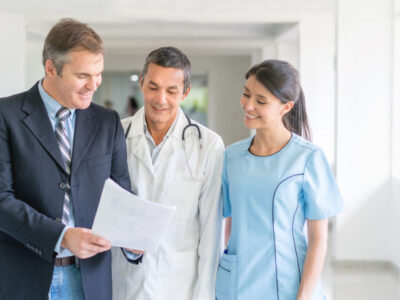Many people associate workplace injuries with industries that involve physical labor or heavy machinery, such as construction, oil rigging, farming and logging. These fields do have high rates of injuries, but accidents can occur in a wide variety of workplaces.
Scientific research, for example, is one area that many do not associate with workplace accidents. However, scientists in research laboratories sustain injuries every year. As a recent study found, these incidents do not garner much attention and many labs do not have adequate safety procedures in place.
Common research laboratory injuries
Ironically, very little research is available regarding the frequency of serious accidents or near-misses in research laboratories. According to a 2019 study of laboratory accidents by Nature Research, “questionable research methodologies seriously undermine the reliability, validity and applicability of findings.”
However, the study did identify several common laboratory accidents. These include:
- Burns
- Lacerations
- Chemical contamination
- Chemical inhalation
- Slip-and-falls
The injuries caused by these accidents can prove devastating. They may result in damages such as medical bills, rehabilitative treatment, pain and suffering and lost wages. For an academic, any time spent out of their lab and recovering from an injury can drastically slow their career.
Who is liable for lab accidents?
More than one party may be liable for laboratory accidents: equipment manufacturers, chemical suppliers, training companies. The party with primary liability, however, is often the university, nonprofit organization or corporation that owns the laboratory.
These entities have a duty to develop, implement and enforce safety procedures. In fact, according to the same study, many organizations’ “policies and procedures around safety are developed in a reactionary, ad hoc patchwork rather than on a solid, comprehensive, empirical foundation.” An organization that does not take proper steps to protect their employees may face civil penalties such as fines or judgments against them. These consequences, however, may prove crucial to encourage laboratory safety and prevent future accidents.



